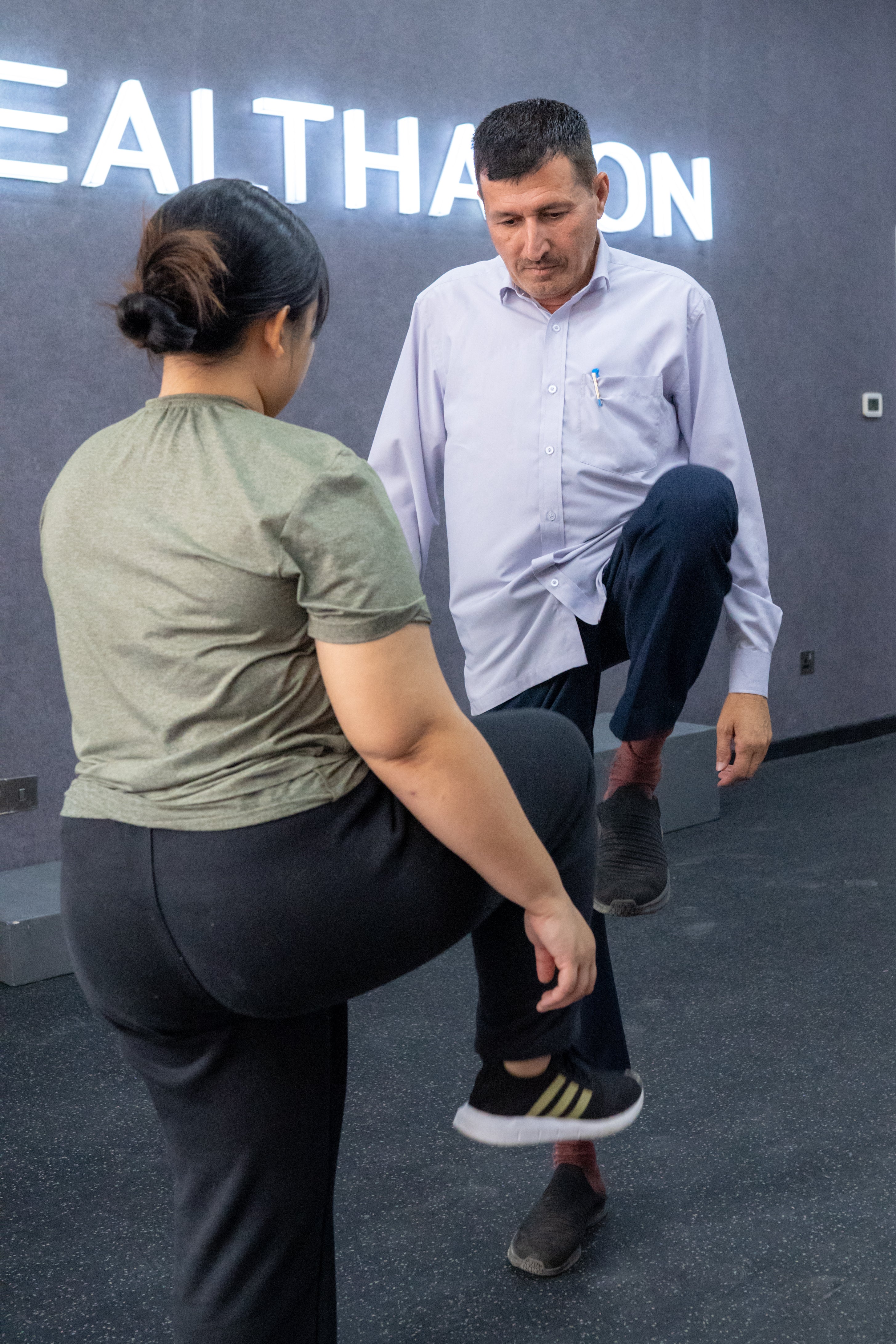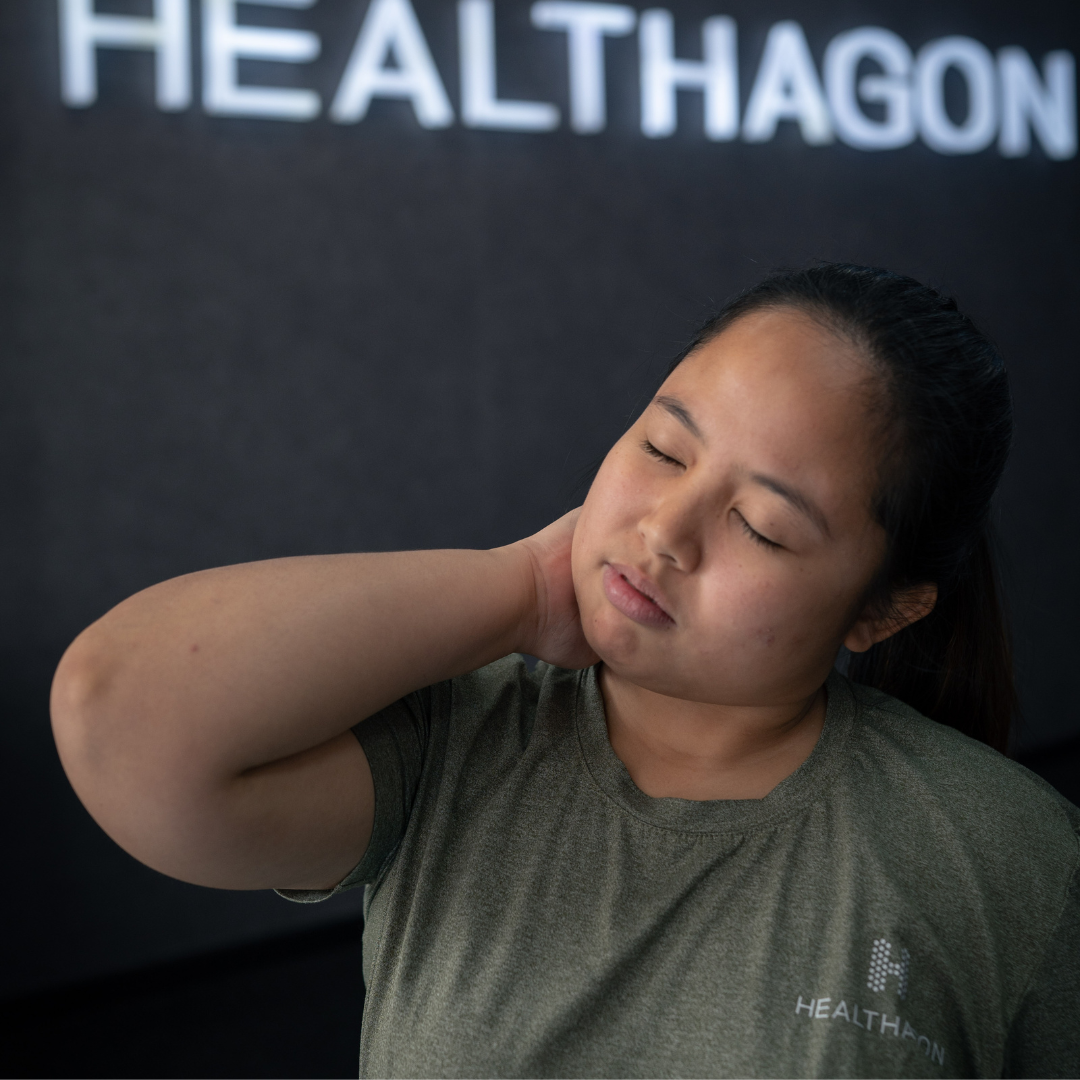Teeth grinding, also known as Bruxism, is a common yet often undetected condition that affects millions of people worldwide. Since it frequently occurs during sleep or moments of intense focus, many sufferers remain unaware—until discomfort or complications begin to surface.
What is Bruxism?
Bruxism is the involuntary clenching or grinding of the teeth, which can happen both during waking hours or while asleep. Occasional teeth grinding may not raise concerns, but persistent bruxism can lead to various dental, muscular, and even neurological issues.
The Two Types of Bruxism:
Awake Bruxism
Triggered by stress, focus, or physical exertion. It’s common during work, sports, or intense concentration.
Sleep Bruxism
A sleep-related movement disorder, usually occurring at night when the person is unaware of their actions.
Common Signs and Symptoms
Recognizing the symptoms early can prevent long-term issues. Be aware of:
- Teeth grinding or noticeable clenching
- Worn-down, cracked, or misaligned teeth
- Jaw tightness, soreness, or occasional jaw locking
- Morning headaches or facial discomfort
- Neck stiffness or upper back pain
- Disturbed sleep or fatigue upon waking
Managing Bruxism: Strategies for Relief
While there is no universal cure, several effective strategies can help manage bruxism and its effects:
1. Dental Interventions
Custom-made night guards or retainers can prevent damage caused by teeth grinding during sleep.
2. Stress & Anxiety Reduction
Incorporate relaxation practices like yoga, meditation, counseling, or behavioral therapy to reduce emotional triggers.
3. Physical Therapy
Professional physiotherapy helps reduce pain and improve function in the jaw, neck, and facial muscles affected by bruxism.
4. Lifestyle Adjustments
Avoid hard or chewy foods, practice jaw exercises, and maintain a healthy sleep routine to reduce strain on the jaw muscles.
Physiotherapy for Bruxism-Related Pain
When bruxism starts affecting the Temporomandibular Joint (TMJ) and neck muscles, physiotherapy can offer significant relief. Treatment plans are personalized based on assessment but may include:
Jaw Exercises:
- Chin tucks
- Goldfish exercises (partial and full)
- Lateral and forward jaw movements
Neck Stretches:
- Chin-to-chest stretch
- Neck side tilts
- Neck rotations
-
Trapezius and levator scapulae stretches
(Hold each for 15–20 seconds, seated or standing)
Manual Therapy & Posture Correction:
Hands-on techniques and ergonomic adjustments help realign posture and reduce muscular strain around the jaw and upper spine.
Conclusion
Bruxism is often overlooked—but its impact on your jaw, teeth, neck, and sleep quality can be serious. If you're experiencing any of the symptoms mentioned above, early intervention is key.
Don't wait for the discomfort to escalate. Consult with a healthcare or physiotherapy professional to explore customized solutions and improve your overall well-being.
If you are looking for assistance in your journey to recovery, our experts at Healthagon are here to help.















